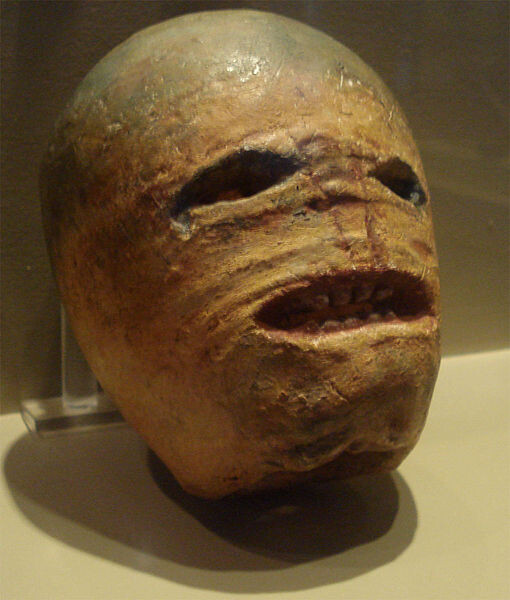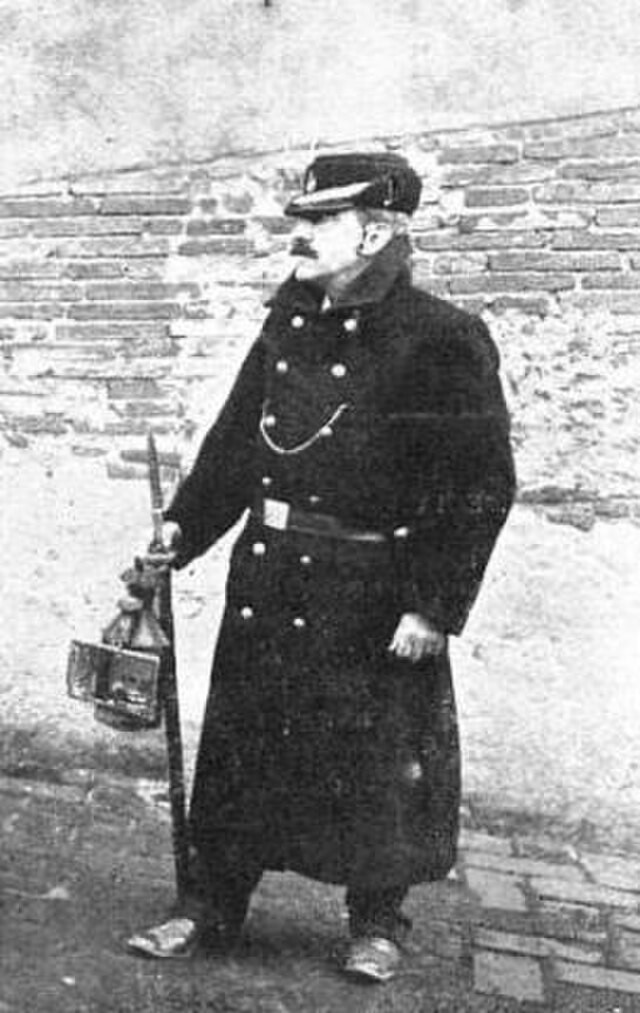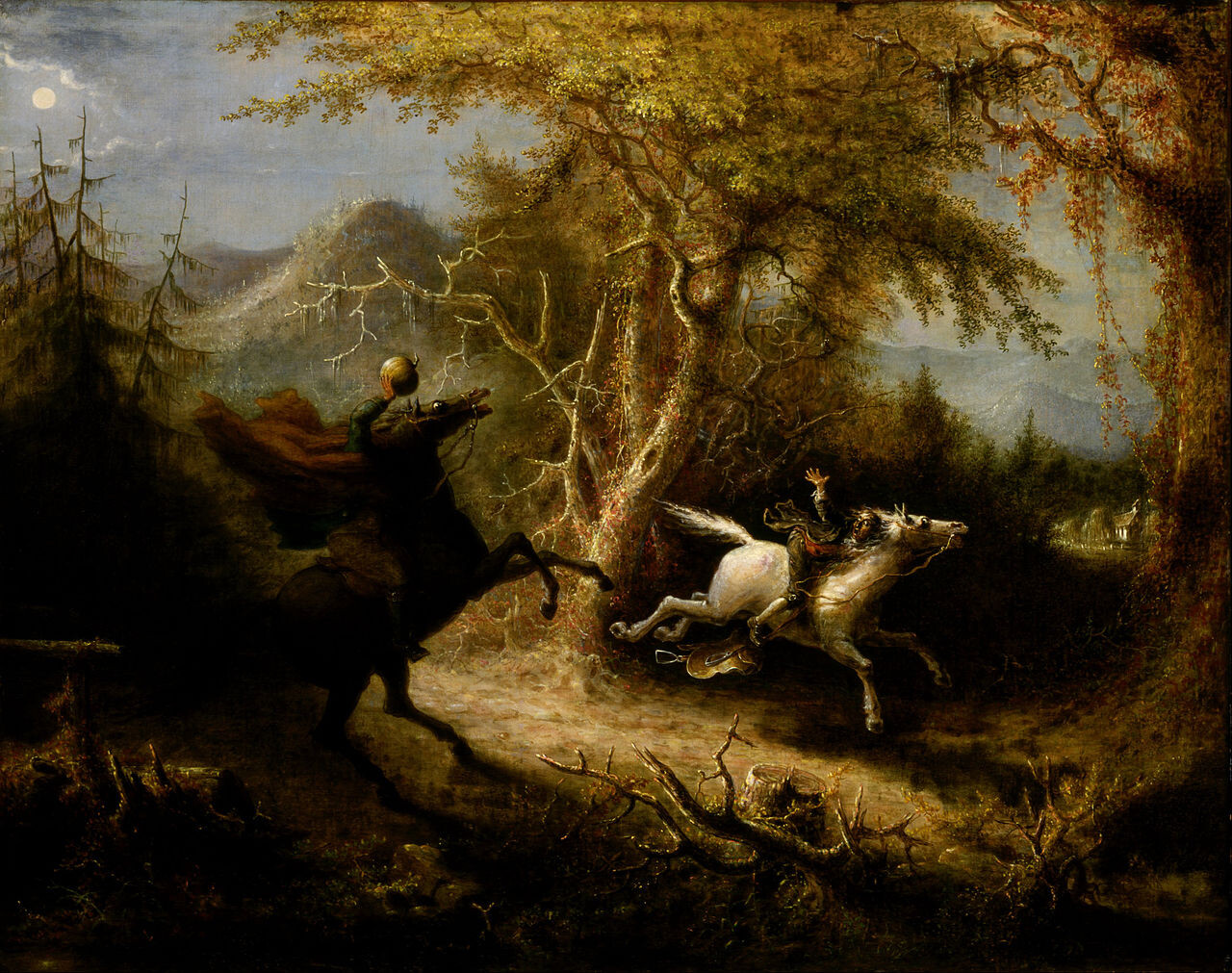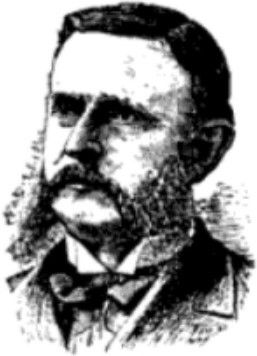Enlighten Yourself With The History Of The Jack-O-Lantern

For children and adults alike, one particular hollowed-out gourd has become an iconic part of American Halloween festivities. The craggy teeth of a jack-o’-lantern are carved by hundreds of millions of people every October, serving not only as a seasonal decoration, but as a bonding activity for many families. Though they’re a bit more macabre in nature than pastel-dyed easter eggs (as long as you don’t think about the grisly details of crucifixion) they’re equally as much a beloved pastime. I’m willing to bet most people alive today have a treasured and vivid sense memory of their grubby young little hands wrapping around the disgusting guts of a un-topped pumpkin as a child and ripping them out like a vegan version of a Mortal Kombat finisher.
But how exactly did we get here? What was the path of these many-faced pumpkin people into cultural icon? When exactly was it decided that a cackling gourd was a stoop staple come trick-or-treating time? It turns out people have had a predatory relationship with the front of gourds for a significant portion of human history that led to the modern, monstrous crafts and subsequent squirrel feasts we set out every Halloween.
Simple Lighting Convenience

Going way back, it turns out the gourd-candle relationship is much older than you might have thought. Even before there was any symbolic or spooky decoration involved, multiple civilizations simply found that a candle or light inside a carved-out gourd just worked well as a cheap lantern. Metal lanterns weren’t cheap, but you could pull a passable light fixture straight out of the garden if you were half-decent with a knife. The Maori people in particular were known for beautiful decorative hue, or gourd lamps.
Jack-No-Lantern

Elsewhere in the world, some root vegetables were finding their own, unlit purposes, and ones that were a whole lot creepier than a lovely decorative lamp. Among the Celtic people, a popular craft was the carving of vegetables, particularly turnips, into creepy little faces and heads. These nasty little flora-based fellows got their link to the modern Halloween season here too, through the Celtic holiday of Samhain.
There’s not much that ancient religions enjoyed more than hanging weird garbage on their doorways to “ward off” different stuff, and early, unlit jack-o-lanterns joined this trend. During Samhain, when it was thought that all sorts of monsters and creepy-crawlies had entered our corporeal world to do some decidedly un-chill stuff, nasty little vegetable heads apparently sent them packing.
The Origin Of The Name

The etymology of the term “Jack-O-Lantern” has had as circuitous a route as a sugar-fueled second grader running for the full-sized candy bar houses. At first, the term didn’t describe anything spooky at all. “Jack” was simply a term for a male stranger, and so a night watchman became known as “Jack Of The Lantern”. This regular turn of phrase got mashed up like so much pumpkin pie filling with a folktale, that of “Stingy Jack.”
As legend goes, Stingy Jack bamboozled the devil–twice. If one of your personal goals is to die without being cursed for eternity, this is an inadvisable course of action. Sure enough, when Jack shuffled off this mortal coil, he found he was banned from both Heaven and Hell (though being banned from Hell seems like a bit of a win) and cursed to wander between planes forever. Of course, when you’re wandering around for literally the entire infinite existence of the universe, you need to see where you’re going, and what more convenient way to do so than a handheld turnip lamp?
The ghostly wandering Jack, with lantern, eventually fully commandeered the term “Jack-O’-Lantern” as his ghostly nom de plume. Helping the case of his lasting tale was the phenomenon of fairy lights, where marshland gasses produce bits of flame that easily-spooked and less-than-scientific past humans immediately assumed was ghost stuff.
Pumpkins Present Themselves

So there next presents the question of when candles jumped from small gourds and turnips to the modern pumpkin. As it turns out, this transition doesn’t root itself in much superstition or even tradition at all, but a simple, obvious fact: a pumpkin is a whole lot easier to carve than a little f**ked up turnip. Pumpkins weren’t native to Ireland, but when Irish immigrants landed in America, they quickly took to the large, eminently carvable gourds, probably deeply tired of gouging out half their palm every time they tried to make a tiny grinning tuber.
Scary Story Stars

Jack-O-Lanterns also found their way from folk tales to full-on literature fairly quickly, most famously as the alternate head of one famously headless horseman. Despite the general unwieldiness of a pumpkin as an ersatz head, it seemed that the ghastly galloper was a bit of a sucker for aesthetics. Personally, I might just go for a regular skull, since it seems a whole lot lighter and less likely to attract raccoons, but maybe that’s why I’m not a specter of legend.
High-Society Spooks

So when did glowing grins become mainstream halloween decor? Some historians point to a Halloween party thrown by Atlanta’s mayor in 1892. His wife (or more likely, her help) carved a wealth of candle-bearing pumpkin people and set them all around the manor, and it was an immediate hit.
Nowadays, the pumpkin, and specifically the jack-o-lantern, might be the single most pervasive piece of Halloween iconography there is. The outer flesh and inner darkness of these decorations even seems to have lent their hues to the generally accepted official colorway of Halloween, orange and black.
Pictures of babies done up like fat little pumpkins hoover in instagram likes, and the candy gathered by many children every year is invariably dumped into jack-o-lantern shaped plastic buckets. These might demonstrate our societal love for the Jack-O-Lantern most of all, as they are possibly one of the most infuriating and unwieldy containers ever created, but somehow remain relevant through pure force of nostalgia.
Jack-O-Lanterns are used as a sign of candy-ready houses, and competitions for the most impressive pumpkin creations abound in fairs and on television airwaves. Looking at little turnip ghouls, who would have thought they’d eventually take the throne as the king of Halloween?
Top Image: Public Domain/rannṗáirtí anaiṫnid